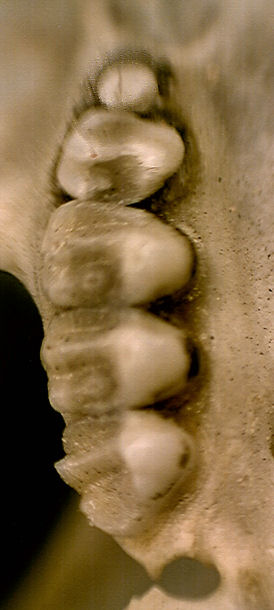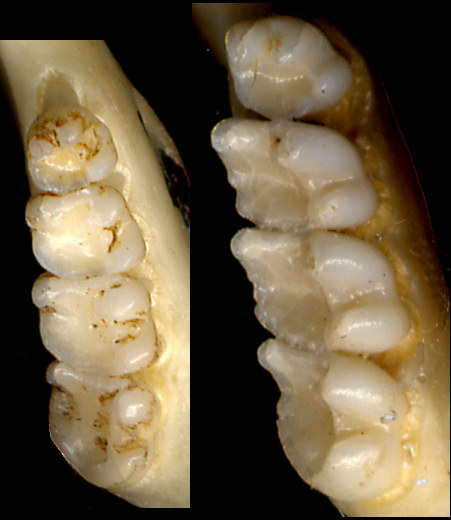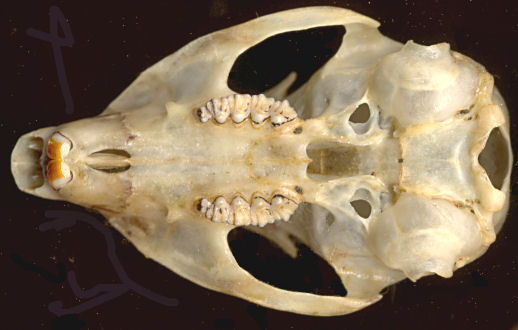Class Mammalia
Order Rodentia
Family Sciuridae
Ammospermophilus—Antelope Squirrels // Cynomys—Prairie Dogs // Marmota flaviventris—Yellow-bellied Marmot // Sciurus—Tree Squirrels // Spermophiles (Callospermophilus, Ictidomys, Otospermophilus, Urocitellus, Xerospermophilus)—Spermophile Ground Squirrels // Neotamias—Chipmunks // Tamiasciurus fremonti—Southwestern Red Squirrel
Squirrels are highly successful and widely distributed in both the Old and the New World. There are some 51 genera and 278 living species (Wilson and Reeder 2005). Some have specialized as climbers; others are ground dwellers, most of which utilize burrows. The flying squirrels are specialized gliders.
Our representatives include the antelope squirrels, prairie dogs, Yellow-bellied Marmot, tree squirrels, sSpermophiles, chipmunks, and the Red Squirrel. Until recently, the spermophiles were placed in the genus Spermophilus, but now are recognized as belonging to a number of separate genera including Callospermophilus, Ictidomys, Otospermophilus, Urocitellus, and Xerospermophilus (see discussion under Spermophiles).
The dental formula is 1/1 0/0 1-2/1 3/3 = 20-22. Squirrel teeth (Fig. 1) are easily assigned to the family. Upper cheek teeth are variations on the theme of the "bear paw" pattern for the uppers (with a bit of imagination, the inner cusp is the heel of a foot and the ridges are toes). The lower cheek teeth again are variations on the pattern seen in the two examples. Other characteristics include the presence of post-orbital processes, small infraorbital foramina, and a general lack of fusion of limb elements.


Fig. 1 (left). Upper right cheek teeth of the Spotted Ground Squirrel (Xerospermophilus spilosoma). Fig. 2 (right). Lower right cheek teeth of the Gray-collared Chipmunk (Tamias cinereicollis) (left) and the Spotted Ground Squirrel (Xerospermophilus spilosoma) (right).

Fig. 3. Ventral view of a typical sciurid skull (Callospermophilus lateralis).
Several members of the weasel family (Mustelidae) are specialized for entering
burrow systems of the various ground squirrels. A well known example is the
Black-footed Ferret and prairie dogs. However, squirrels in our region (and, except for
the flying squirrels, generally) are diurnal, making them prime targets for diurnal
raptors, which likely are the source of many remains of squirrels in caves.
Literature. Wilson and Reeder 2005.
Last Update: 3 Oct 2019